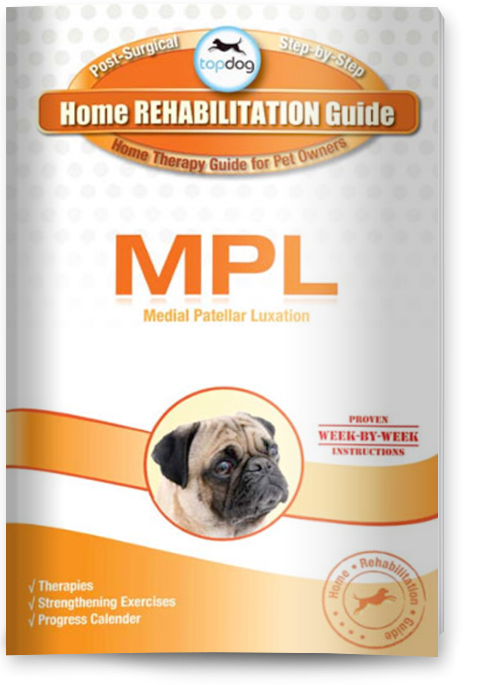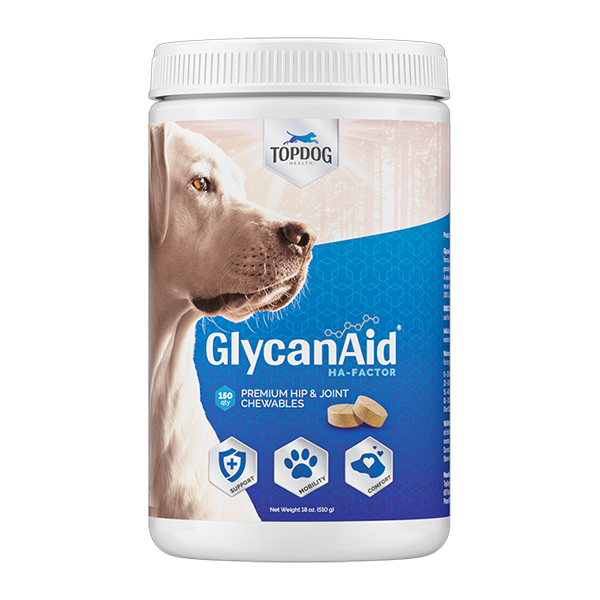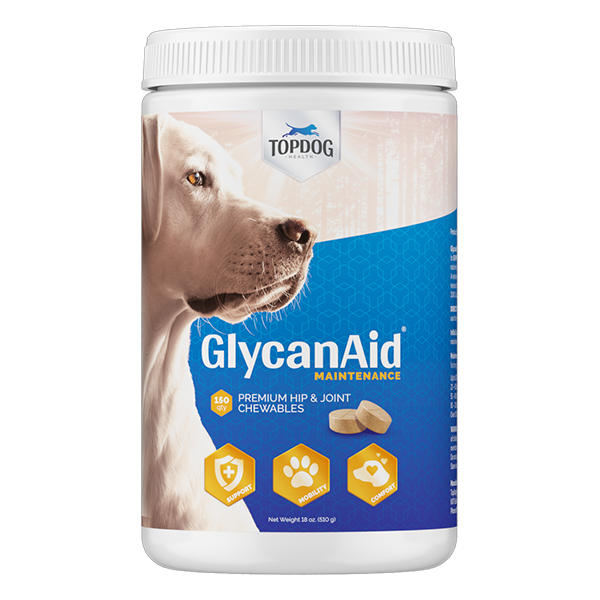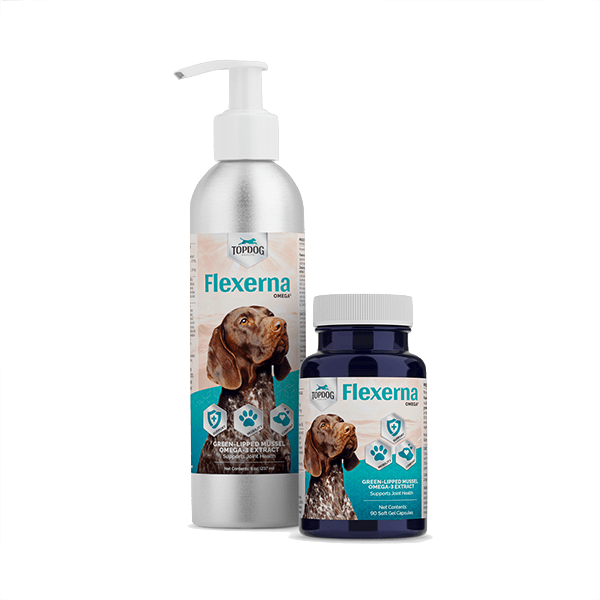What Is Medial Patellar Luxation (MPL) surgery?
The surgery is performed to correct the luxation, or “popping out” of the kneecap (called the patella). A luxating patella is caused by a congenital malformation that creates abnormal forces on the kneecap, causing it to slide out of the groove (called the patellar groove) in which it normally sits. There are different degrees, or grades, that a patellar luxation can occur:
- Grade I – the patella pops back into place spontaneously
- Grade II – the patella comes out of place occasionally but can be manually put back into position
- Grade III – the patella is out of place most of the time, but can be manually put back into position
- Grade IV – the patella is always out of place, and cannot be put back into position
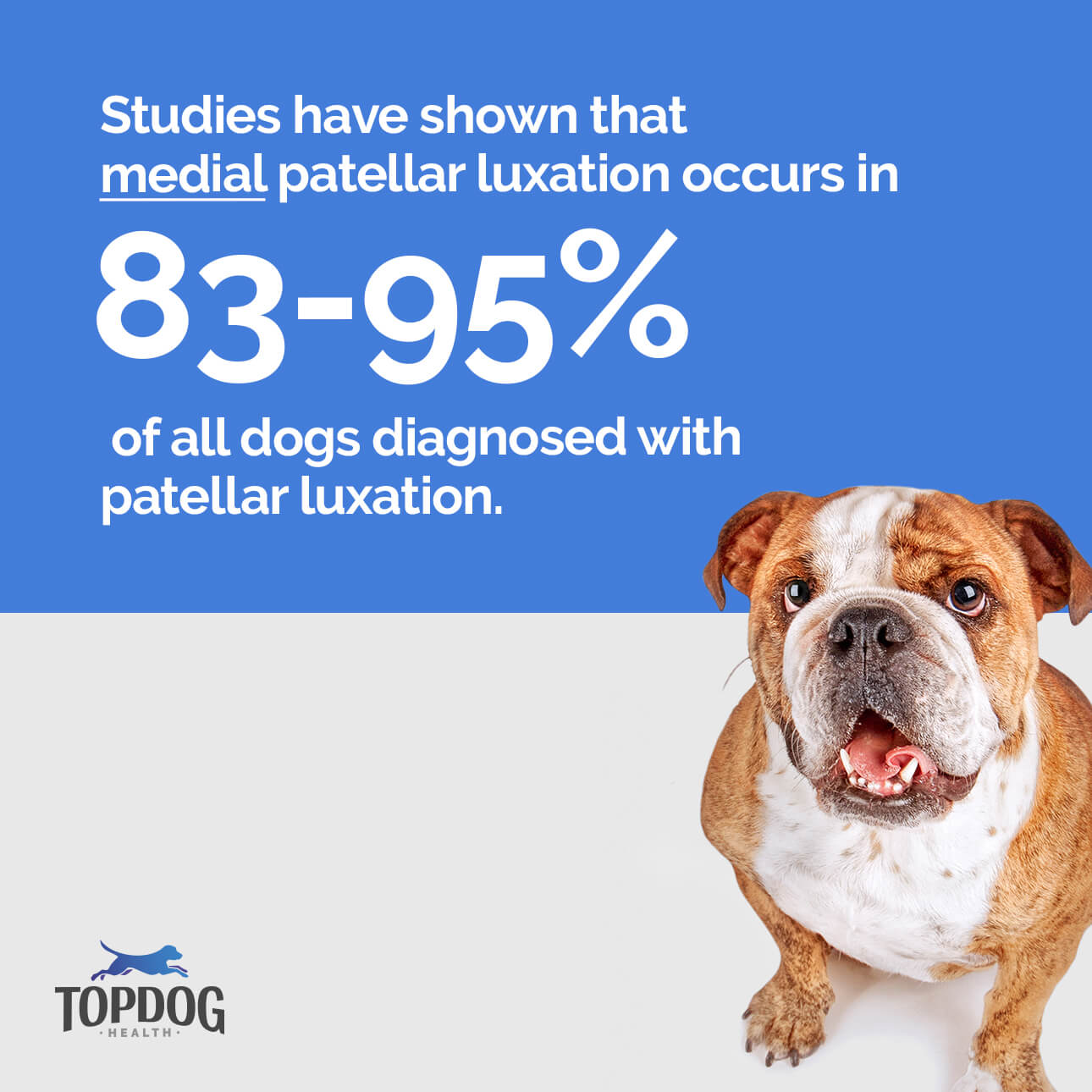
There are several procedures aimed at keeping the patella in its groove. Surgery to correct an MPL will depend on the grade of displacement, as well as what conformational abnormalities are causing the problem. In some cases, a combination of techniques may be required to correct the condition. Some procedures focus on correcting the soft tissues surrounding the patella, while others focus on correcting the bones.
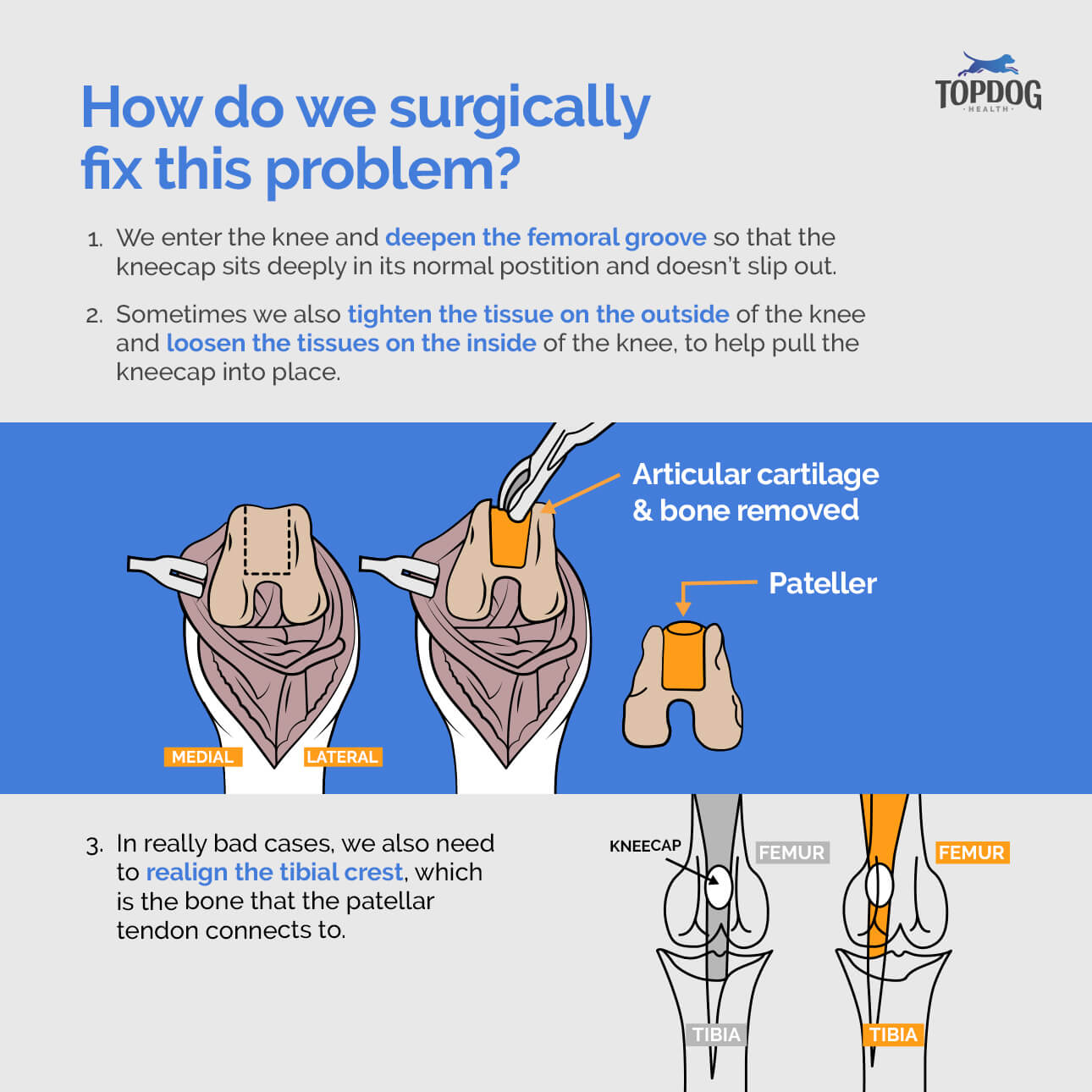
In most animals, the groove in which the patella sits, called the trochlear groove, must be deepened to better restrain the patella. This is done via either a trochlear wedge or block recession or a trochlear block resection. If the attachment of the patellar ligament to the tibia (the tibial crest) is in the wrong position, it is repositioned by creating a cut in the tibial crest and reattaching the bone in a position that allows the patella to be correctly aligned within the trochlear groove. Pins are then used to secure the bone in place.
In some dogs, the malformation of the patella and its attachments to the bone cause the femur to twist as the dog grows. In these cases, corrective surgery of the femur may also be required. RETURN TO TOP
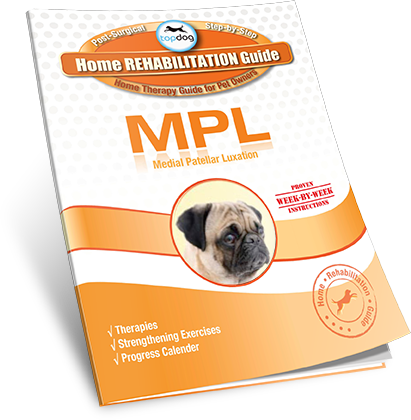
98% of Pet Owners Say this Guide is a Must for Recovery
What is the cost?
The cost of MPL surgery ranges from $1,200 to $2,500. The exact cost will depend on the area you live, who performs the surgery ie. board-certified veterinary surgeon or not, as well as the hospital in which the surgery is performed. Typically, the cost includes not only the surgery but also pre-surgical bloodwork, anesthesia, post-surgical care, and medications. Some hospitals may even include post-surgical physical therapy. RETURN TO TOP
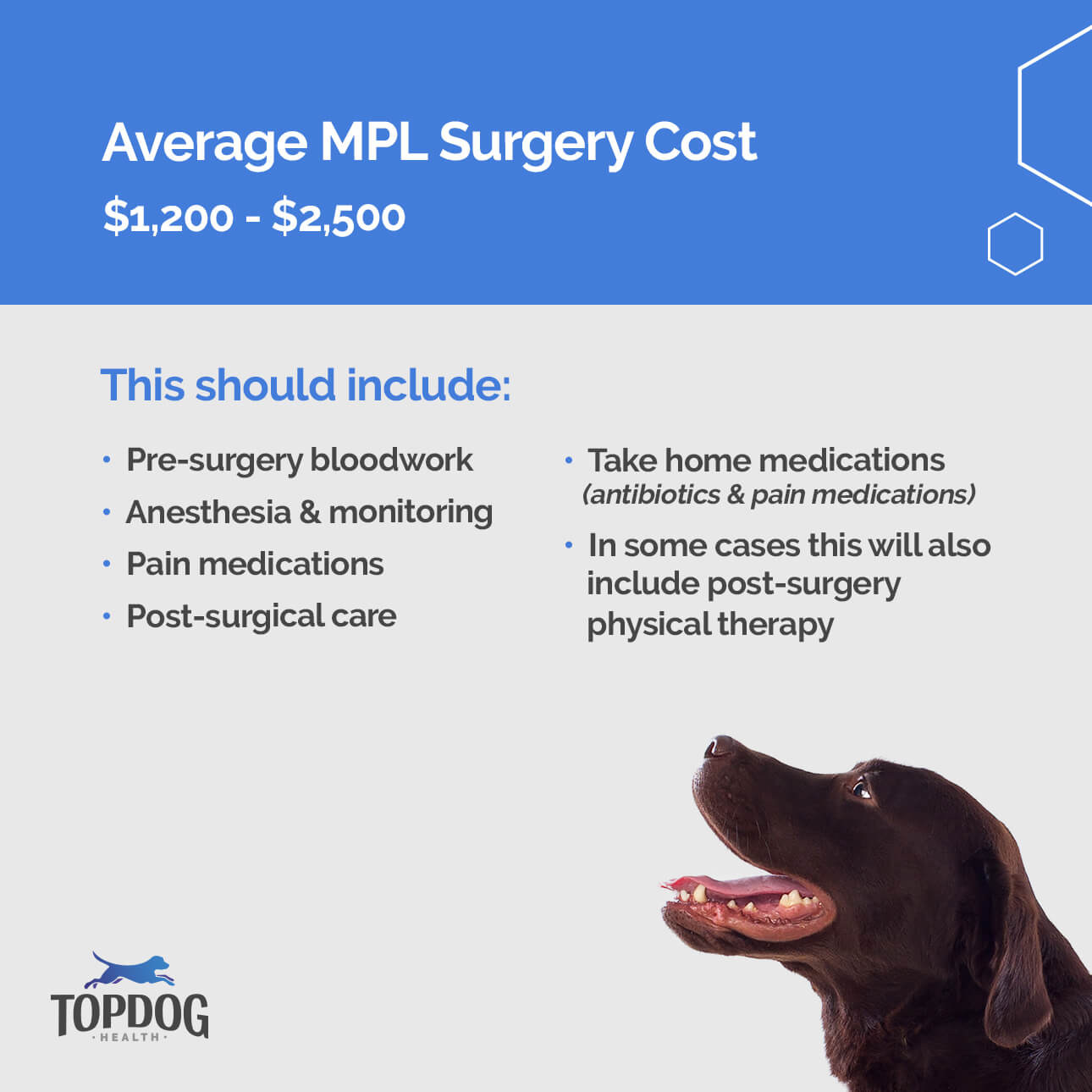
What are the alternatives?
Some patellar luxations can be managed conservatively, and don’t necessarily require surgery, such as those that are Grade I and II.
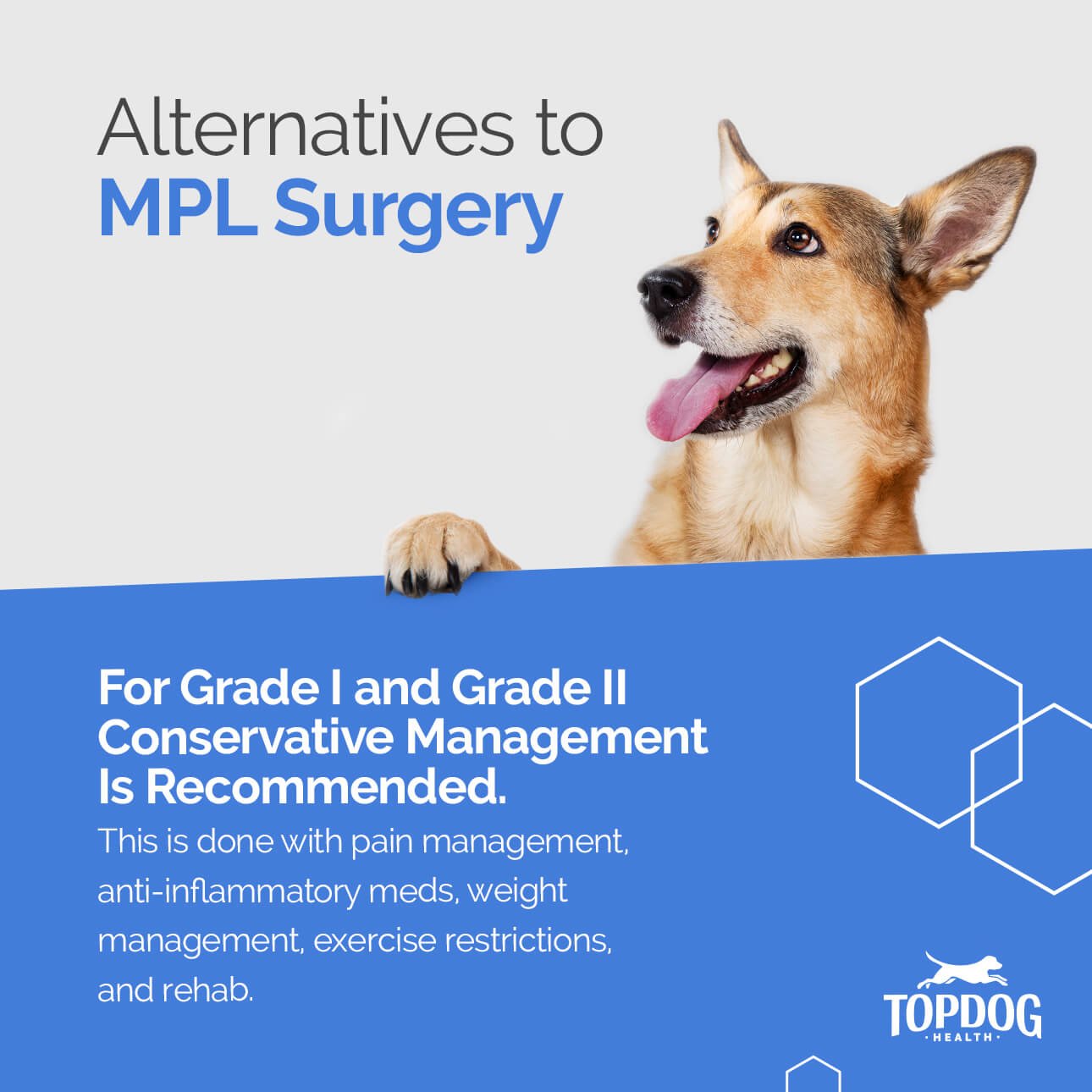
Surgery is recommended in Grade III and IV luxations, especially if they are showing signs of lameness, and if they are actively growing, because the problem may worsen as the animal grows. Each case is different, and the surgeries required to correct the problem will depend on the severity of the luxation, as well as the anatomical abnormalities that are present. Your surgeon will be able to discuss the treatment options and which surgical techniques are recommended or whether or not physical therapy alone could treat this problem. RETURN TO TOP
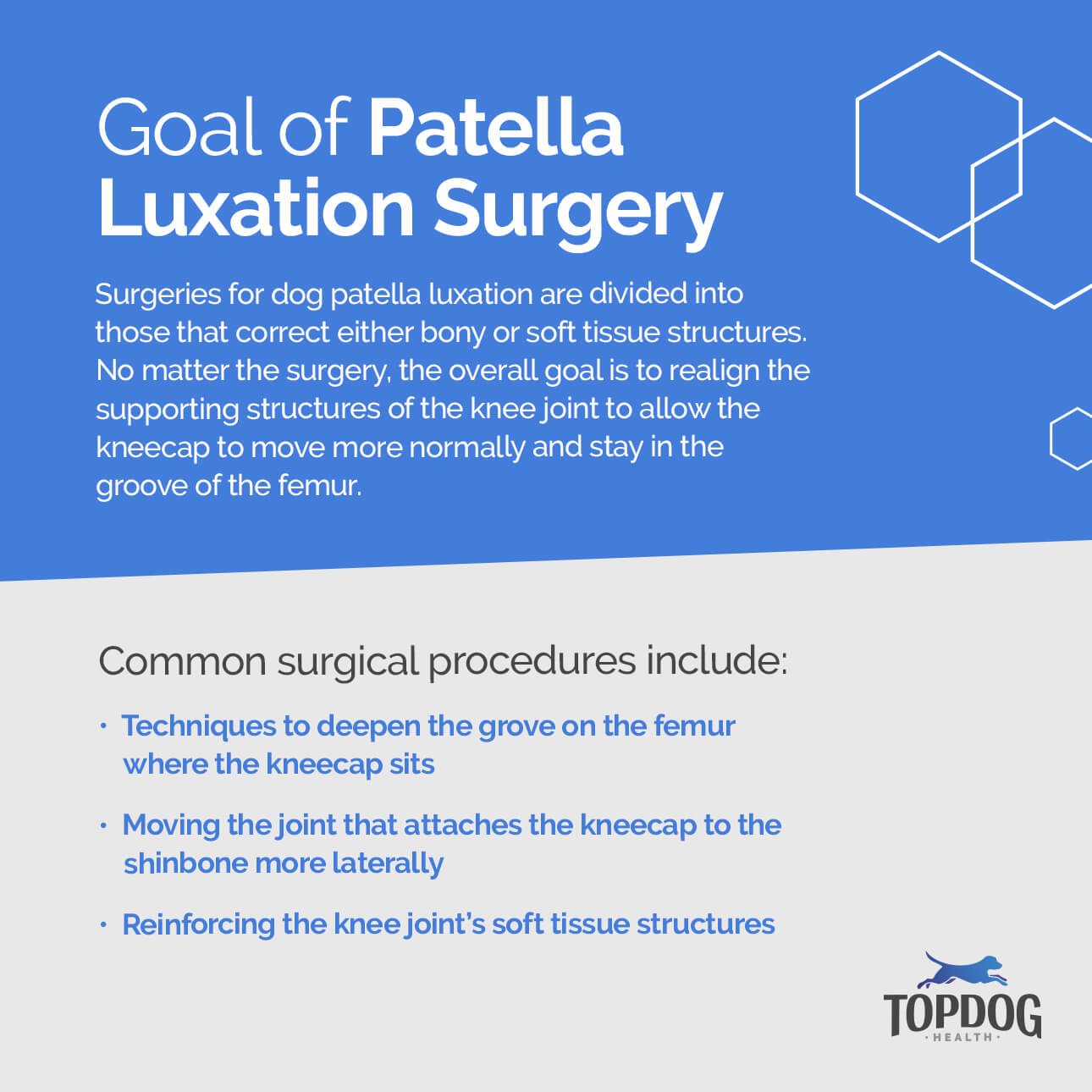
What you need to know about the recovery?
Regardless of how the patellar luxation is repaired, recovery is essentially the same. In the early postoperative period, exercise should be limited to controlled leash walking and rehabilitation exercises under the direction of your veterinarian. Return to normal activity should be done gradually over the course of 6 weeks. If a tibial tuberosity transposition is done, post-operative x-rays may be required to assess healing. RETURN TO TOP
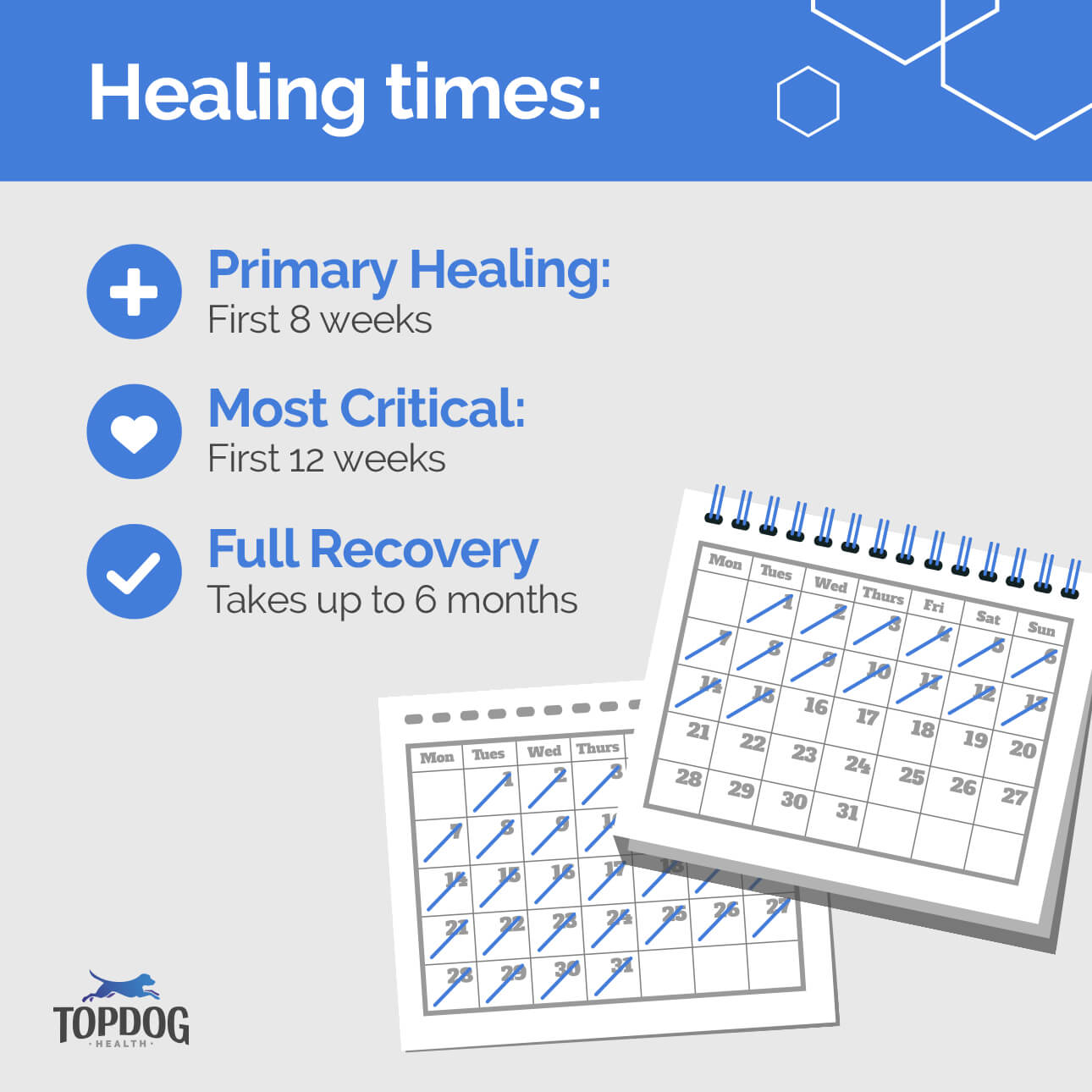
What are the complications?
As with any surgery, there is always a risk of complications. Infection is probably the most common complication encountered with MPL surgery. The higher the grade of luxation pre-op, the greater the chance that it could re-luxate after surgery, which may lead to the need for a second surgery. Failure to limit exercise and follow rehabilitation guidelines could also compromise the repair. As with any orthopedic surgery, arthritis of the affected joint will likely develop, though the progression can be slowed by diagnosing and correcting the condition early on. RETURN TO TOP



